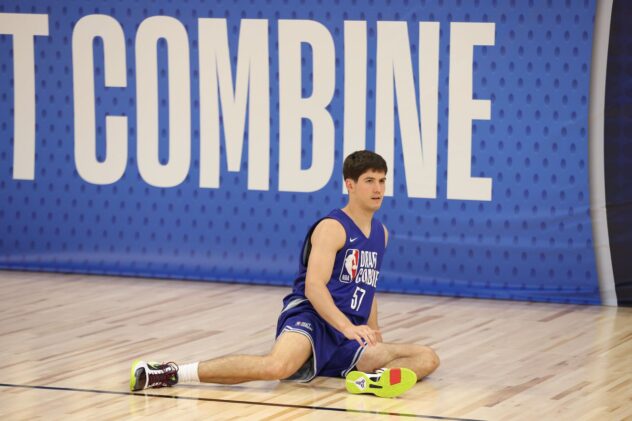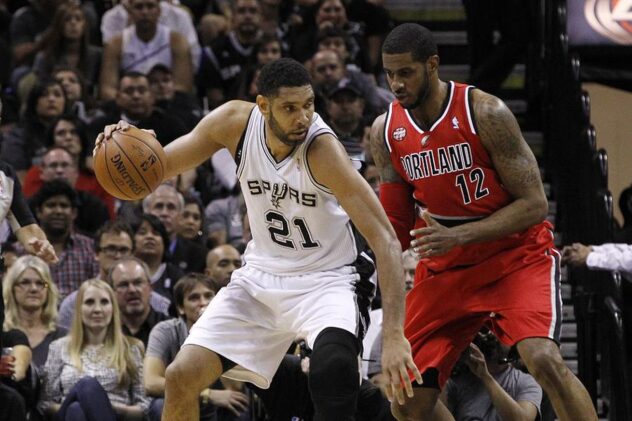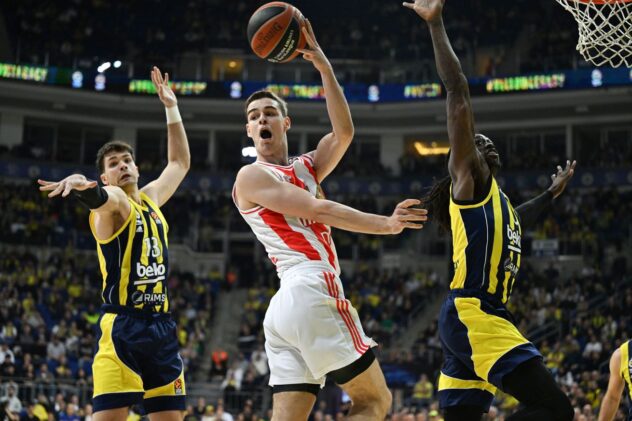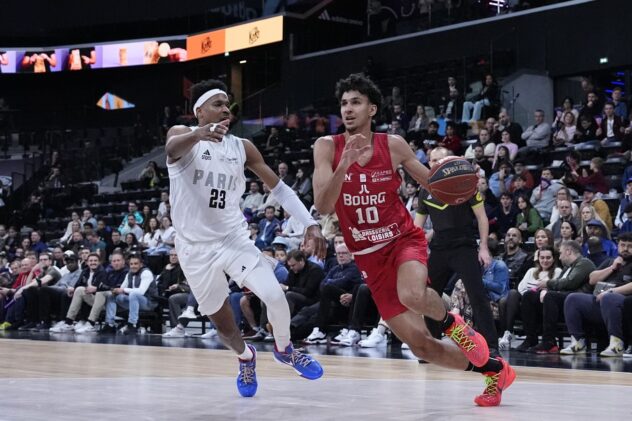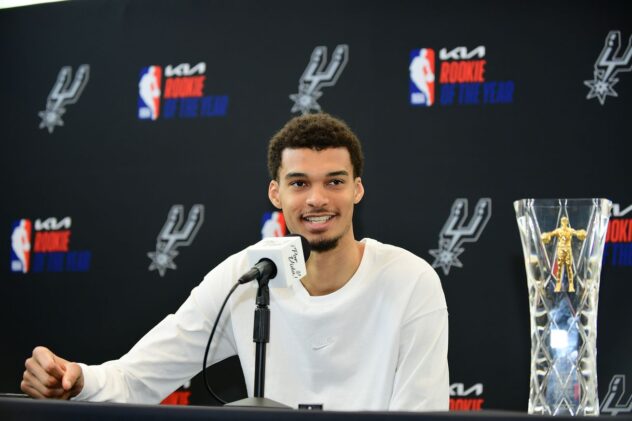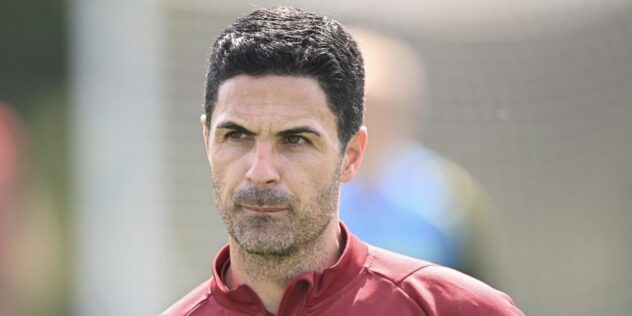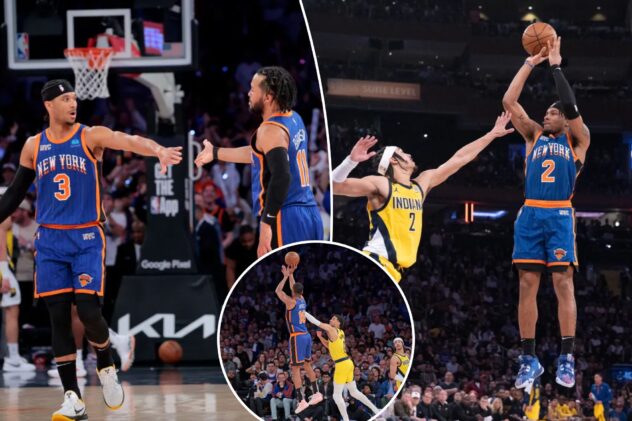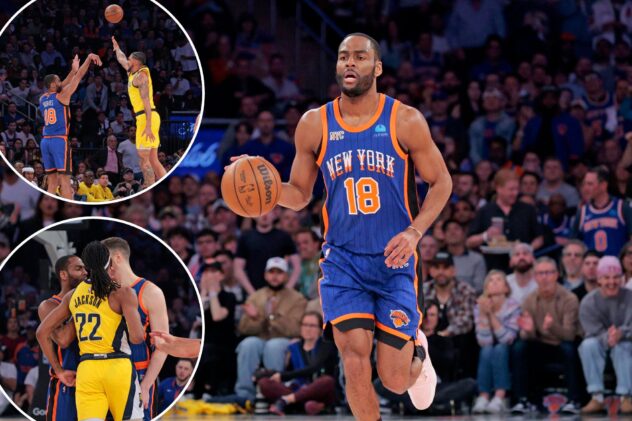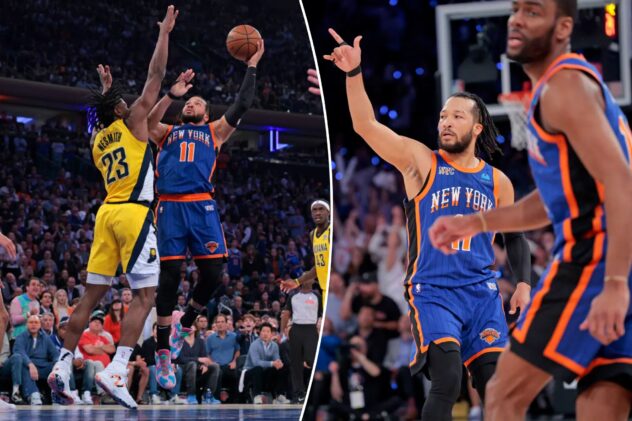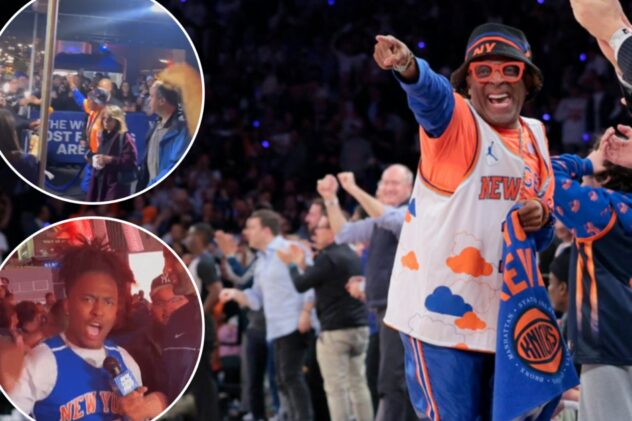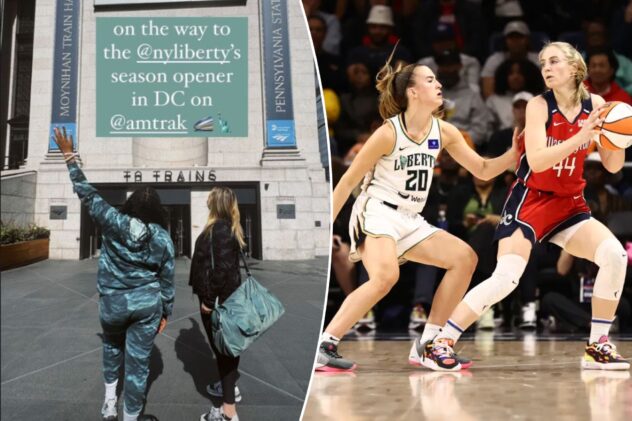Why the Spurs’ defense was a disaster last season
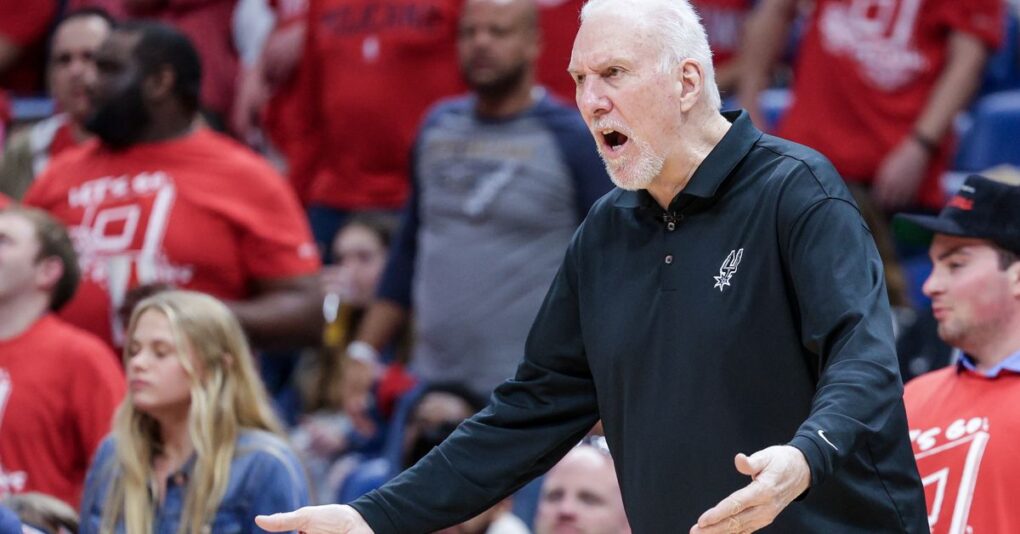
The Spurs were a terrible defensive team this past season. It was expected, at least to a degree, considering the youth of the roster, but there were times when everyone on the floor looked completely lost, which was concerning.
To understand why things worked out so poorly, it’s important to focus not solely on the players, but also on the schemes the Spurs used. While potentially valuable thinking about the future, some key elements of San Antonio’s defensive system made things worse in the short term for a very young and inexperienced team.
Drop pick-and-roll defense needs good effort and communication
The first issue the Spurs had on defense was their preferred way of defending pick-and-rolls that involved their center. While other teams hedged, switched or trapped, Gregg Popovich preferred to have the big man drop back into the paint in hopes of containing dribble penetration while the primary defender navigated through the screen and got back in the play. The scheme, which the Spurs have used for a long time, is designed to prevent shots at the rim and the corners and allow midrange jumpers.
For years, it was one of the most common ways of defending ball screens and while it has lost some of its popularity now that most teams have pull-up threats and stretch bigs to counter it, it still remains a viable strategy with the right personnel, at least during the regular season. The Bucks, for example, guarded pick-and-rolls that way with a traditional center like Brook Lopez and had an elite defense that surrendered exactly the type of shots they intended to. Again, it’s about having the right personnel and understanding the scheme. The problem for the Spurs is they couldn’t check either box.
It all starts with the perimeter defender. If the primary guy gets caught on the screen, suddenly the big man has to deal with a two-on-one. In those situations, the defense would live with an open mid-range jumper, but smart ball handlers will actually create a better shot by attacking and forcing the center to make a decision between committing to stopping a short floater or preventing a lob. If he chooses the former, the offensive glass will be wide open. If he chooses the latter, he will potentially give up a layup instead of a floater. The big man needs the primary defender to get back in the play as quickly as possible and for someone else to put a body on his man or the team will surrender a good shot.
[embedded content]
San Antonio ranked in the bottom 10 in pick-and-roll defense finished by the roll man and in the bottom five in pick-and-roll defense finished by the ball handler, according to Synergy Sports, and it’s not hard to see why. It was too easy to screen the Spurs’ perimeter players out of the way and the chemistry wasn’t there to help on the board and the roll man.
Switching requires the right personnel
Normally teams that play drop pick-and-roll defense tend to be conservative in other parts of their defensive scheme as well. The Spurs don’t fit that mold. One through four, they are willing to switch in almost every possession. Just like any defensive plan, this one has its strengths and weaknesses, but it can work. The Celtics have been great on defense while switching a lot and a young team like the Thunder have been decent on that end while doing the same. Again, it’s all about personnel and coordination.
The problem for San Antonio is that defensive versatility is not a strength for some of their more heavily featured rotation players. Jeremy Sochan has the tools to guard four positions, but Keldon Johnson is too slow to defend guards and Devin Vassell is at his best defending wings. Tre Jones is surprisingly good at switching onto bigger players considering his size, mostly because he can draw offensive fouls, but he’s not someone who can survive on those matchups consistently. Off the bench, Keita Bates-Diop and Romeo Langford provided some versatility, but Doug McDermott was a liability on switches. Malaki Branham and Blake Wesley have the length but not the strength or technique to guard up a few slots. Opponents had a lot of options when it came down to forcing mismatches.
[embedded content]
What makes things even worse is that the mismatches were not the only issue. First, sometimes the switches themselves got botched and an opponent got an open look. Second, once the mismatch occurred, it forced the defense to double or at least help aggressively, which triggered rotations that the team simply couldn’t make on time. Oftentimes, all the switching hurt more than it helped.
The vision is not wrong, but something will have to change
You can see why the Spurs try to defend the way they do. Drop pick-and-roll defense is safe unless the opponent has great pull-up threats and Pop seems to prefer it over the more aggressive schemes he used in the past. There will need to be adjustments ready that include the center playing further out or switching but as a basic way to guard during the regular season playing drop is viable. What San Antonio needs is better point-of-attack defenders who can navigate screens. They will eventually get them either via a change of personnel or from the current young players improving at it.
The switching is the bigger gamble but it has a potentially huge reward. Ever since the bubble the Spurs realized that the benefits of not playing two traditional big men together are not limited to just the offense. Quicker players who can guard multiple positions and rotate quickly allow the defense to always stay in the play. The issue is personnel. Among the current core members, Sochan seems like a great fit for the scheme and Vassell should be a good one. The biggest question mark is Keldon Johnson. He’s not the best in the perimeter and he’ll need to improve a lot as a help defender for the Spurs to be an elite defensive team with him on the court for 30+ minutes.
The good news is that the puzzle isn’t complete yet in San Antonio. The next draft could help the coaching staff figure out if they can actually stick to this system. If they get Victor Wembanyama they could have a center that can both protect the paint and hold his own in the perimeter. If they instead get a big playmaker like Amen Thompson or Anthony Black they could really move forward with the idea of having no player under 6’4 on the court at any time, which would help with all the switching. There are also a bunch of multipositional options in the lottery who could slot in as starters or key bench players.
The Spurs’ biggest issue this past season was players, not schemes. If they can develop the talent they have and turn them into better defenders and they can add another piece that makes them more versatile on their own end, the system in place could work out and be worth the growing pains of the past season.

